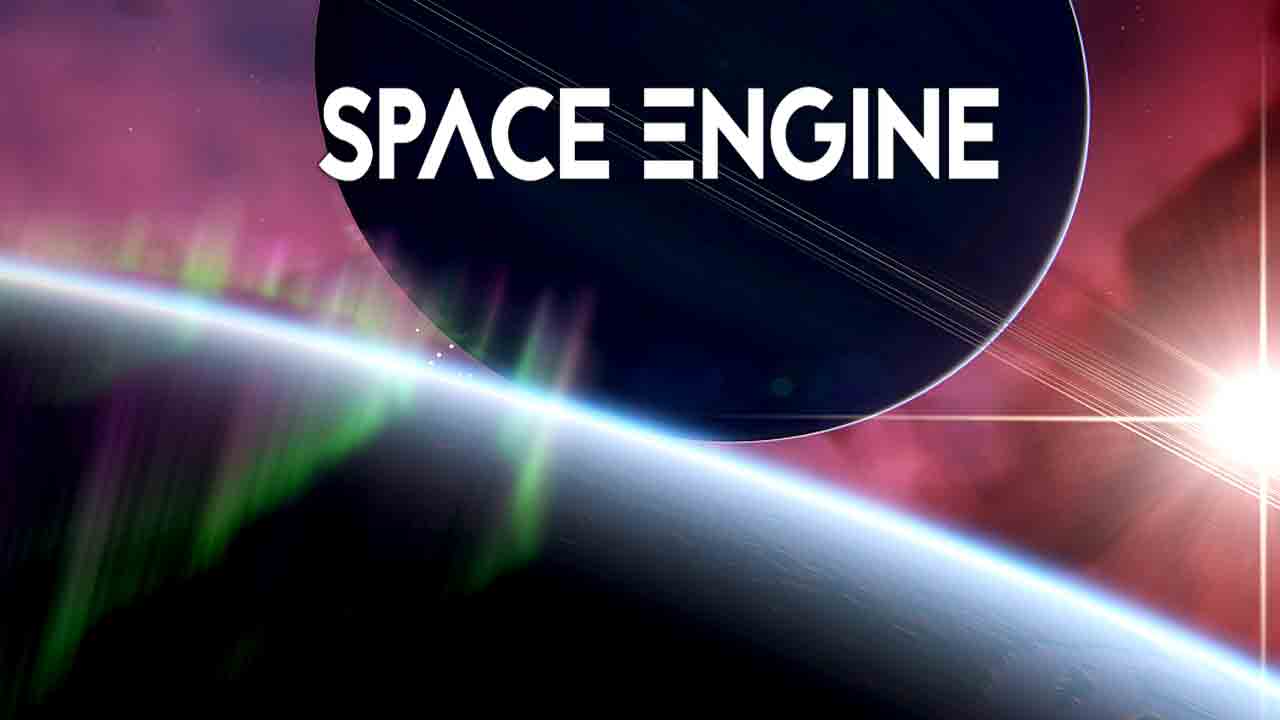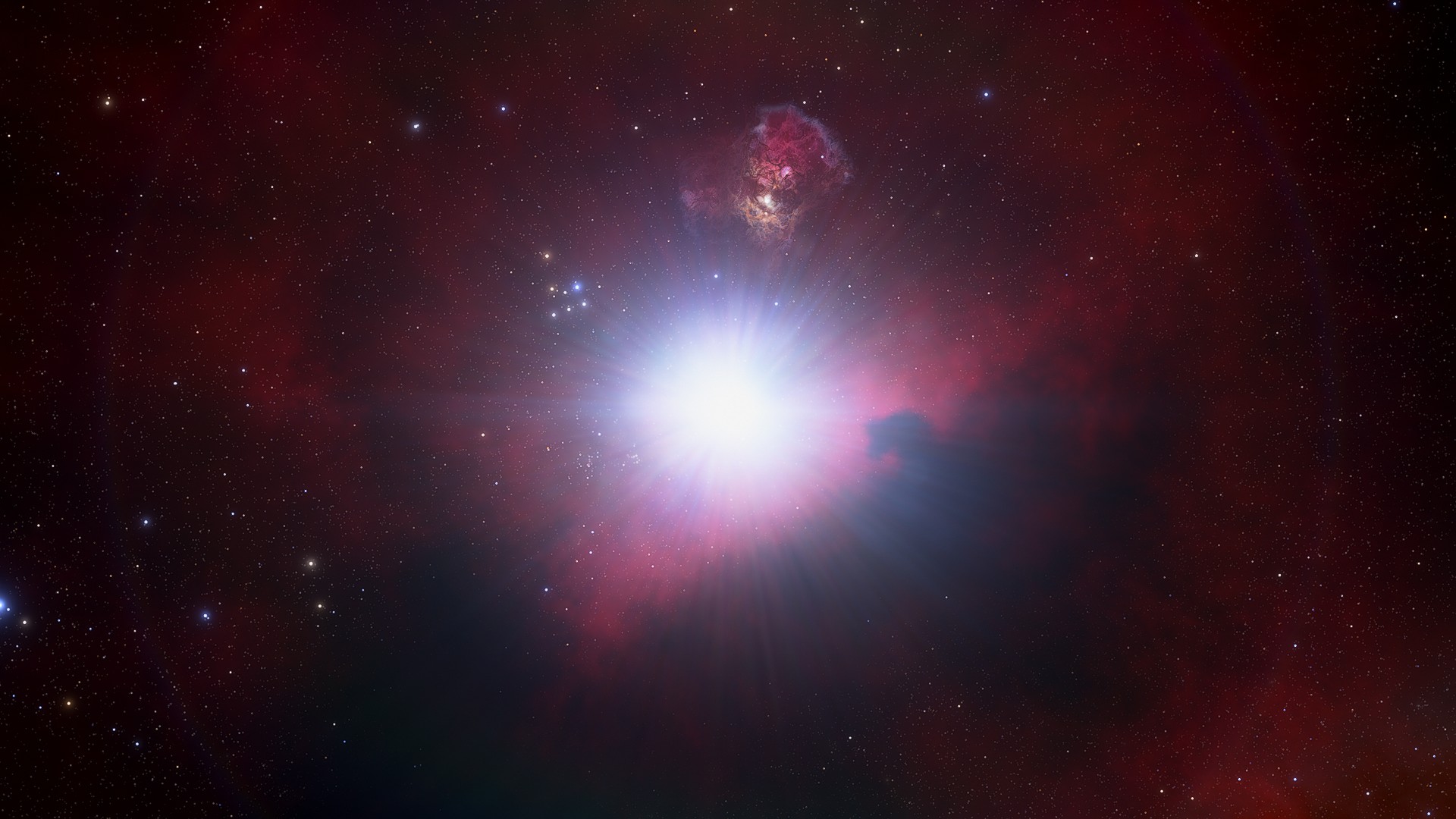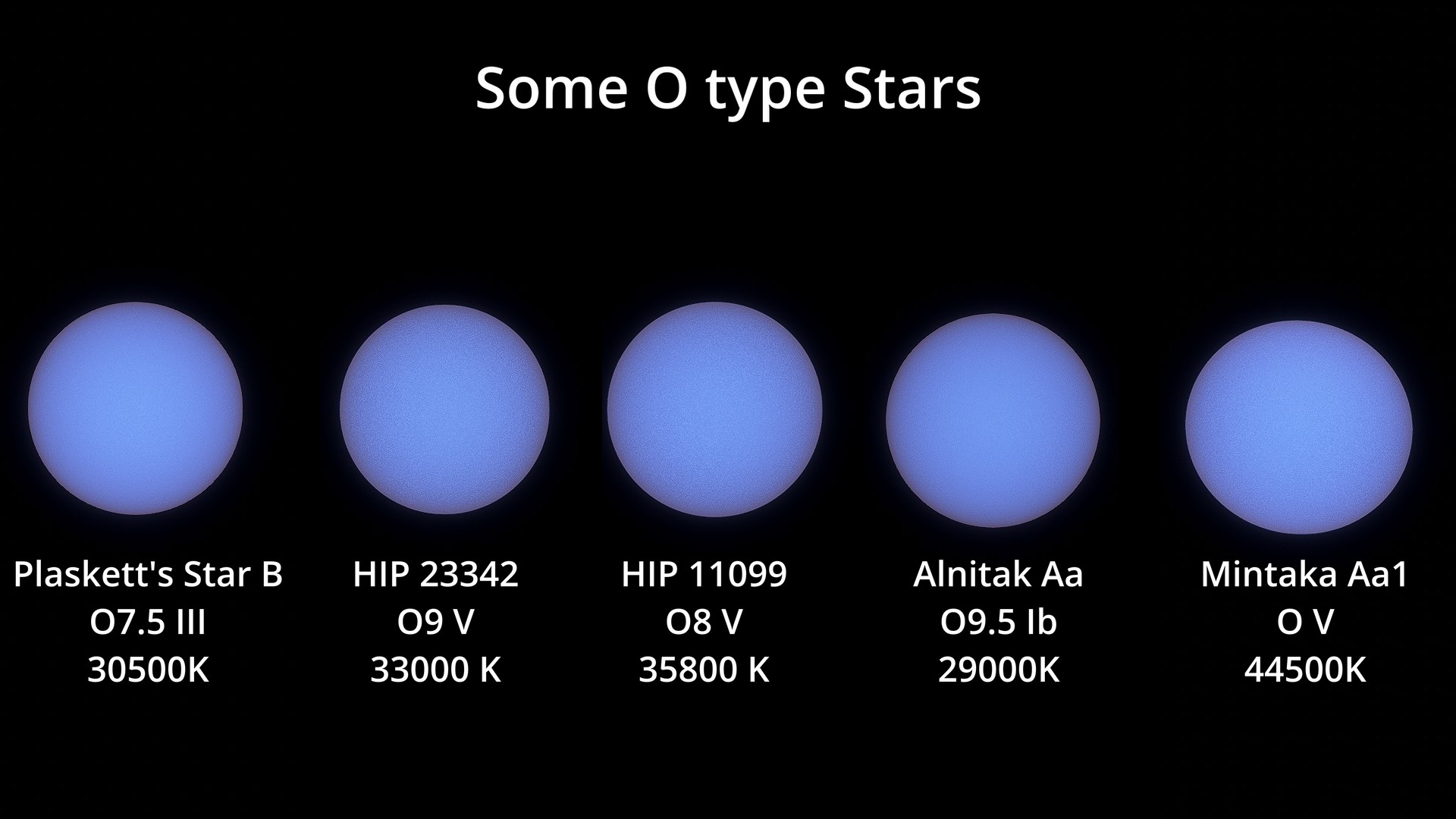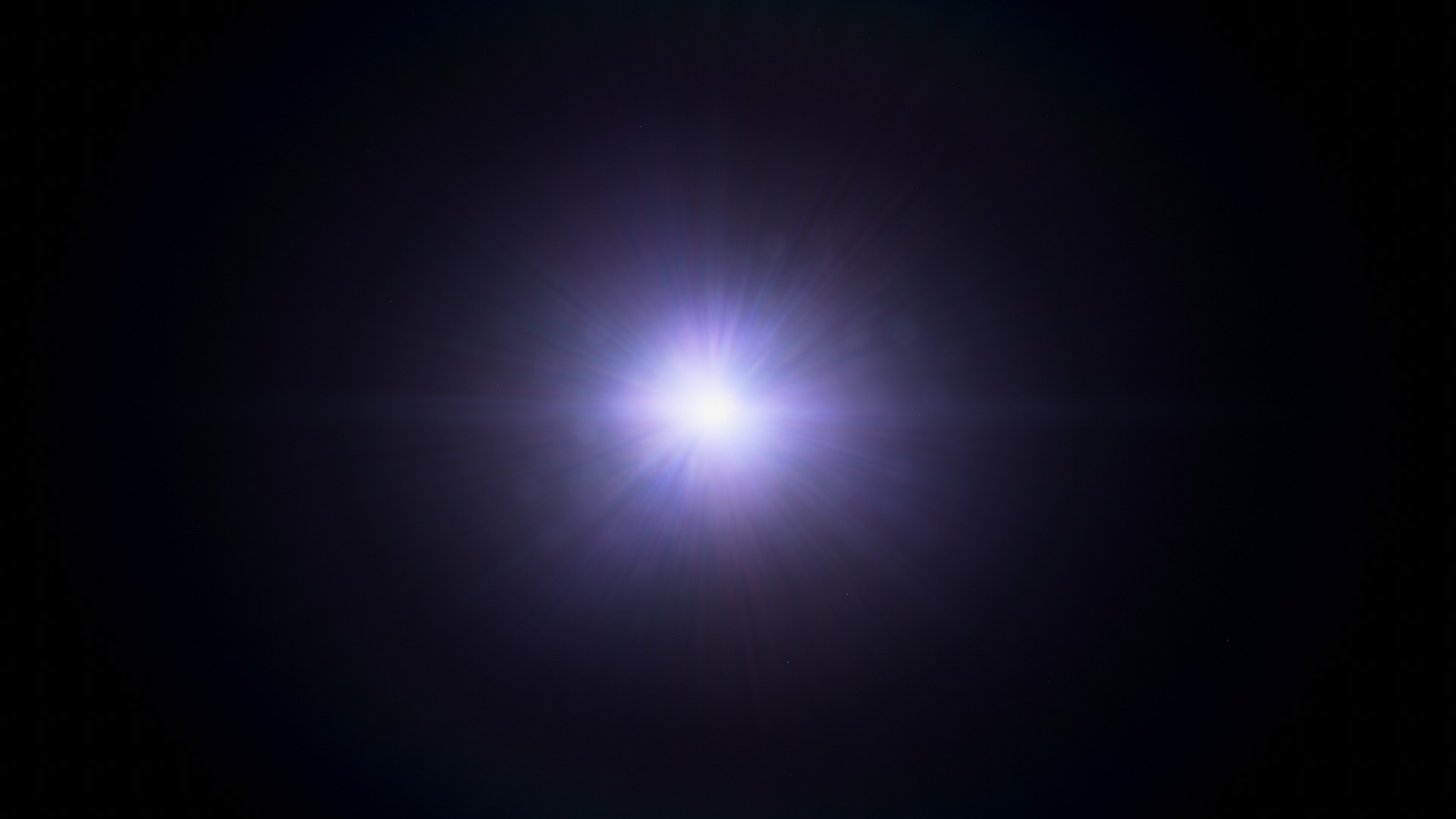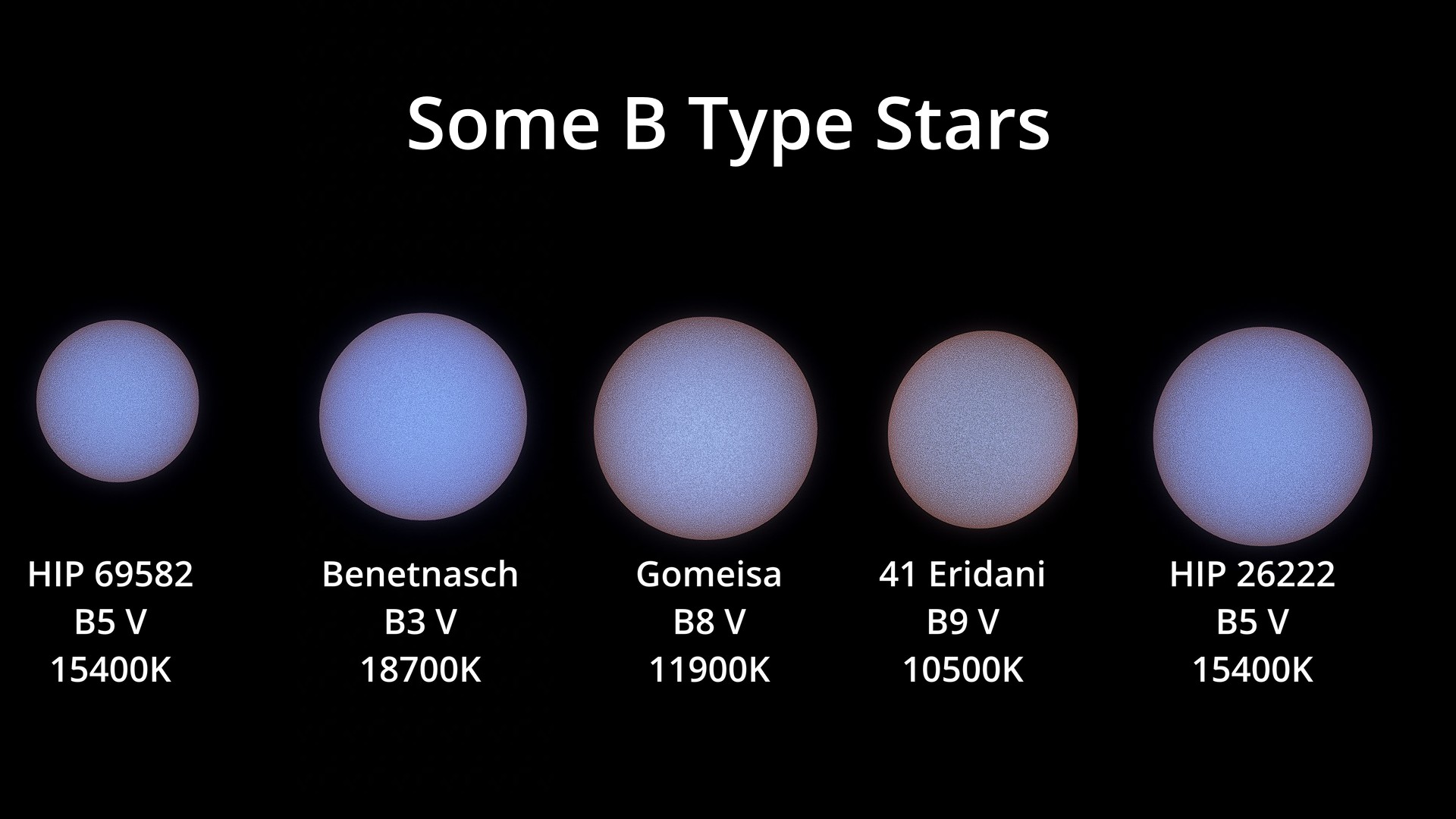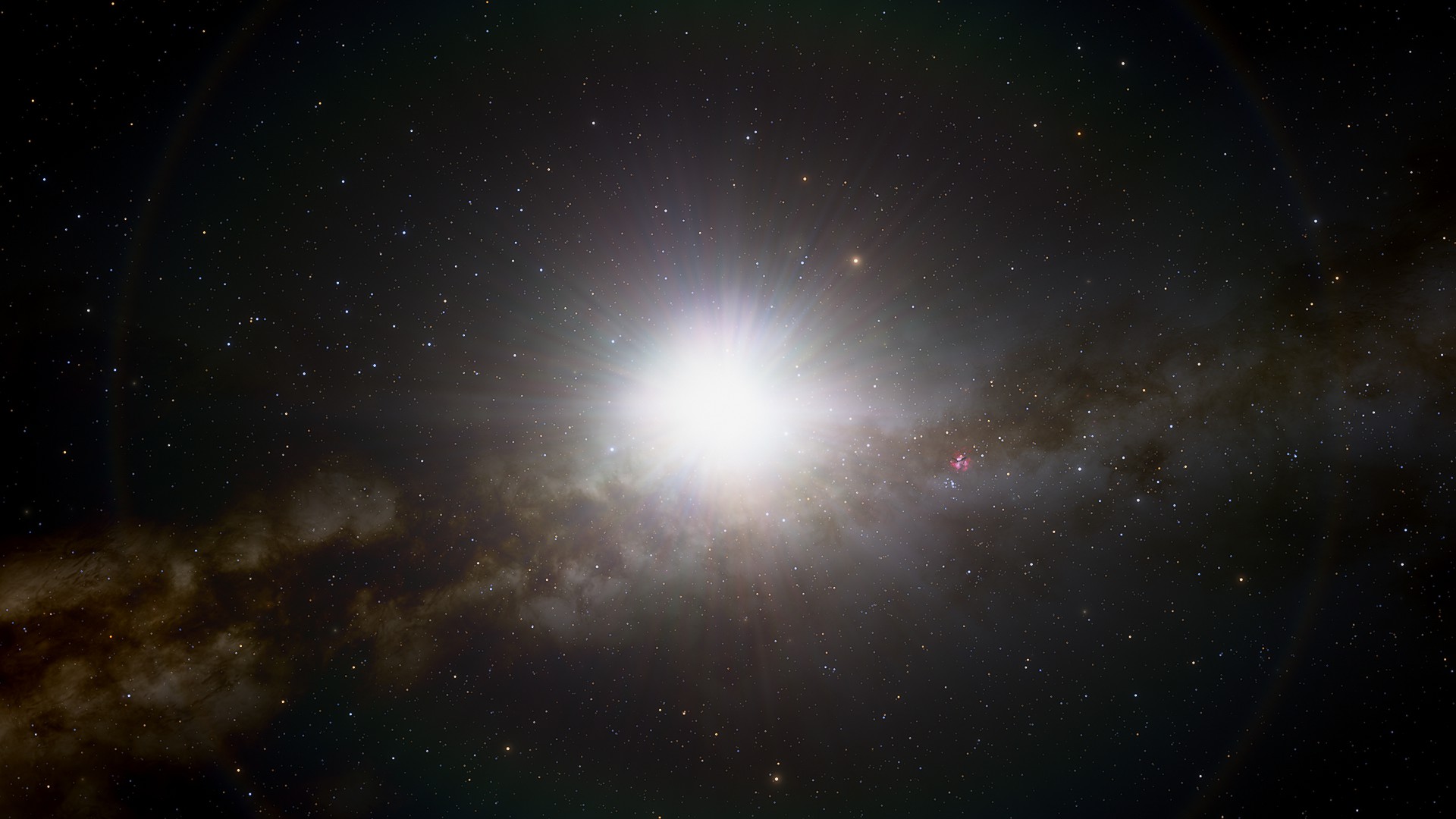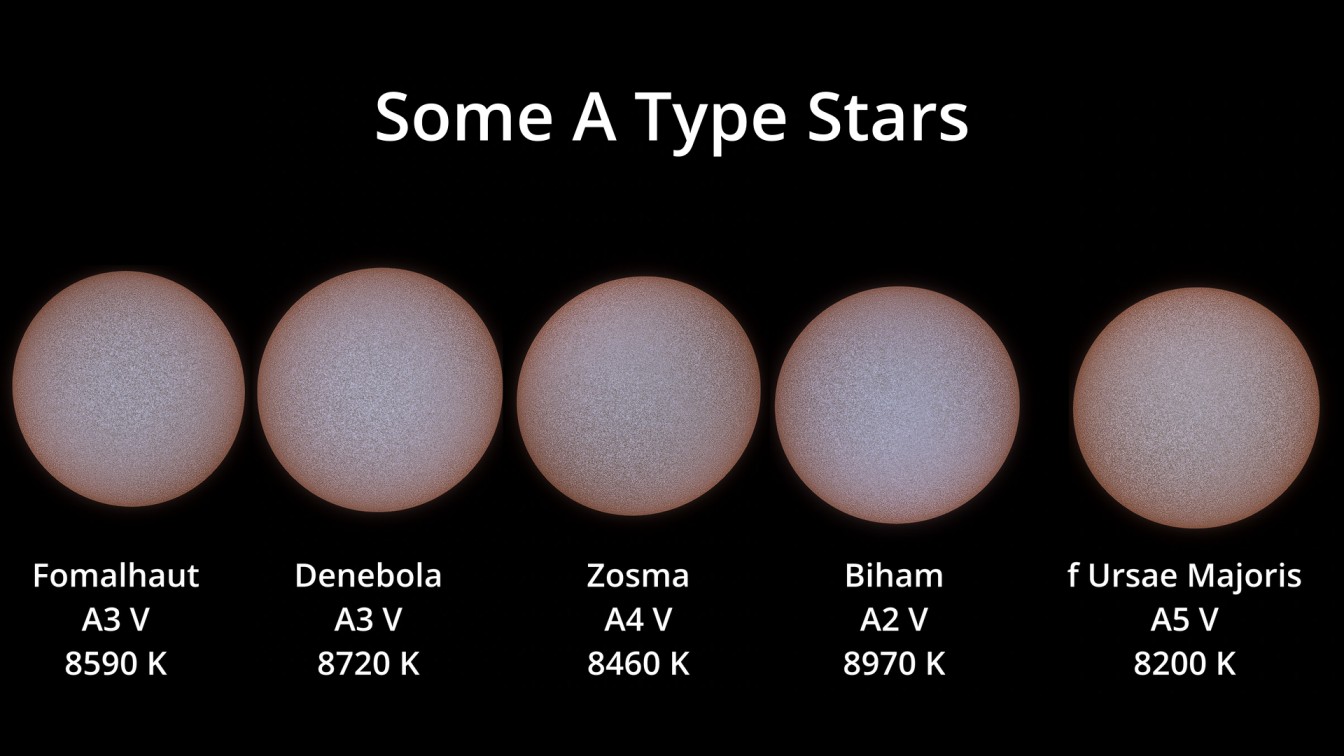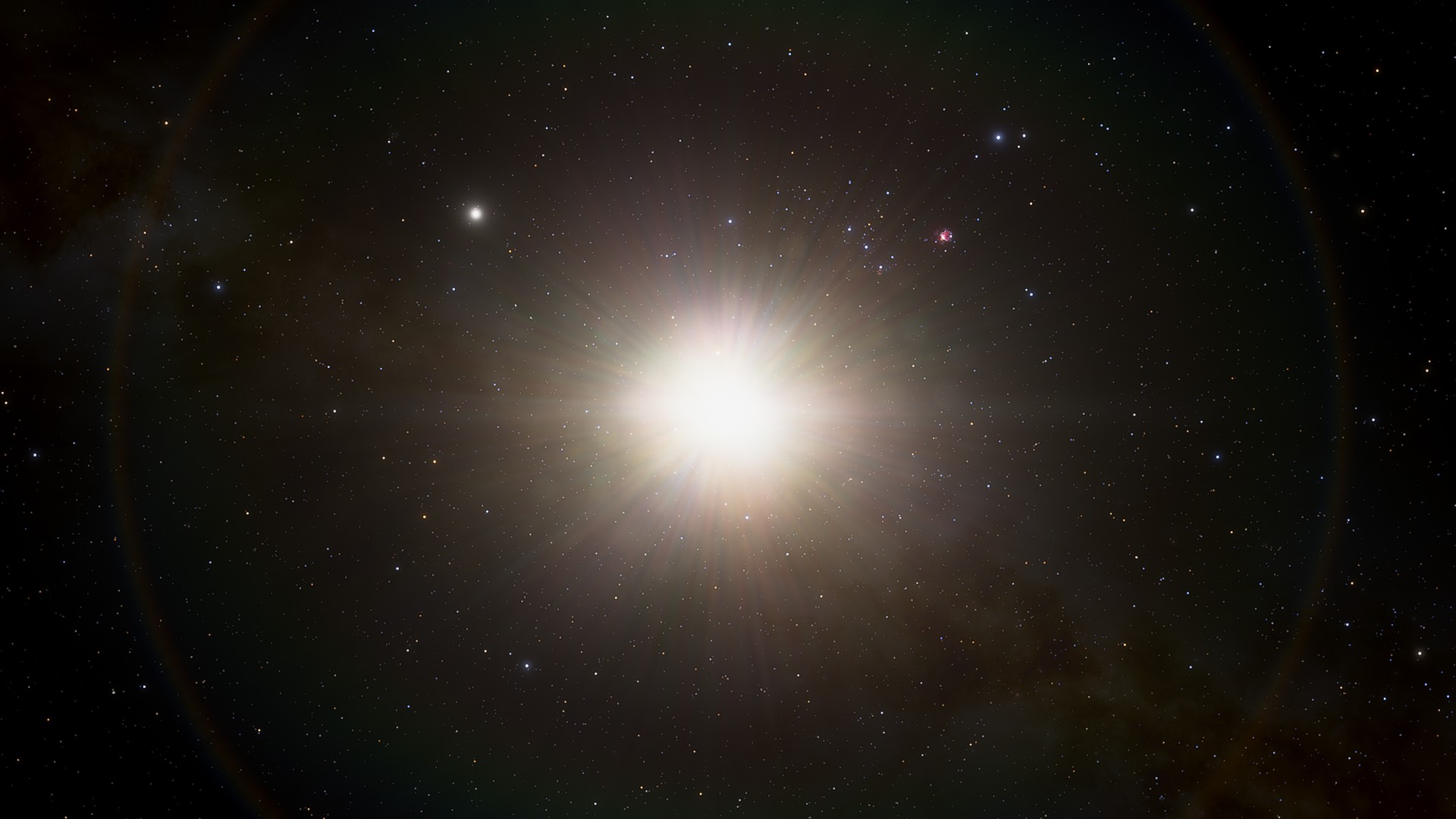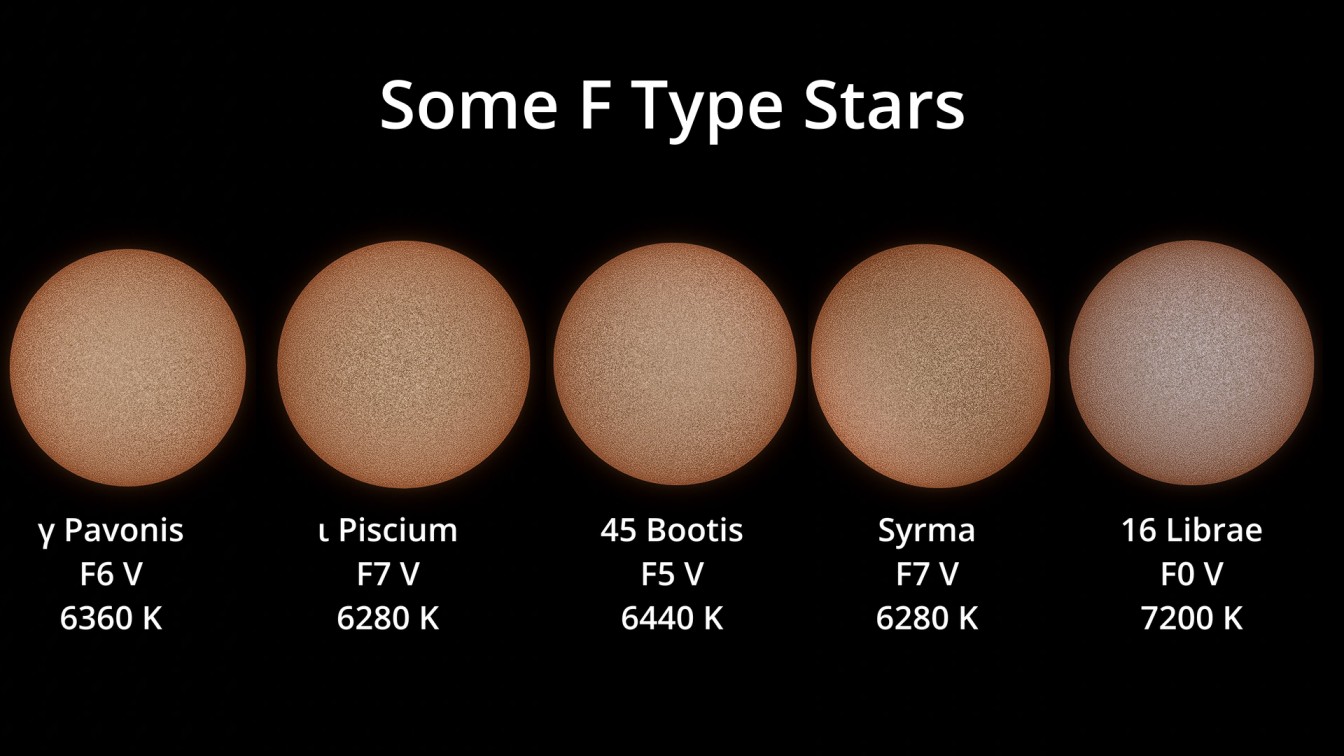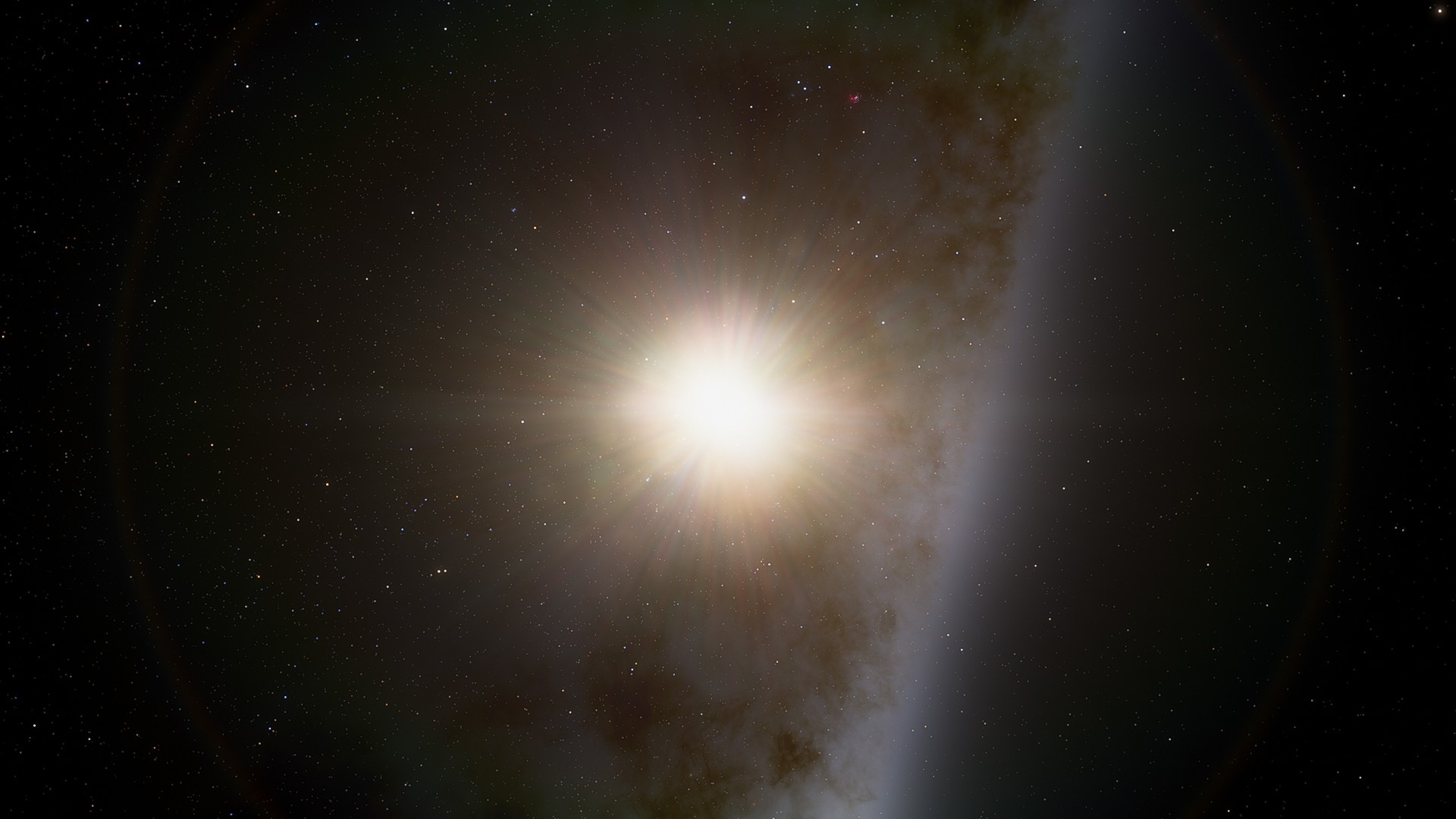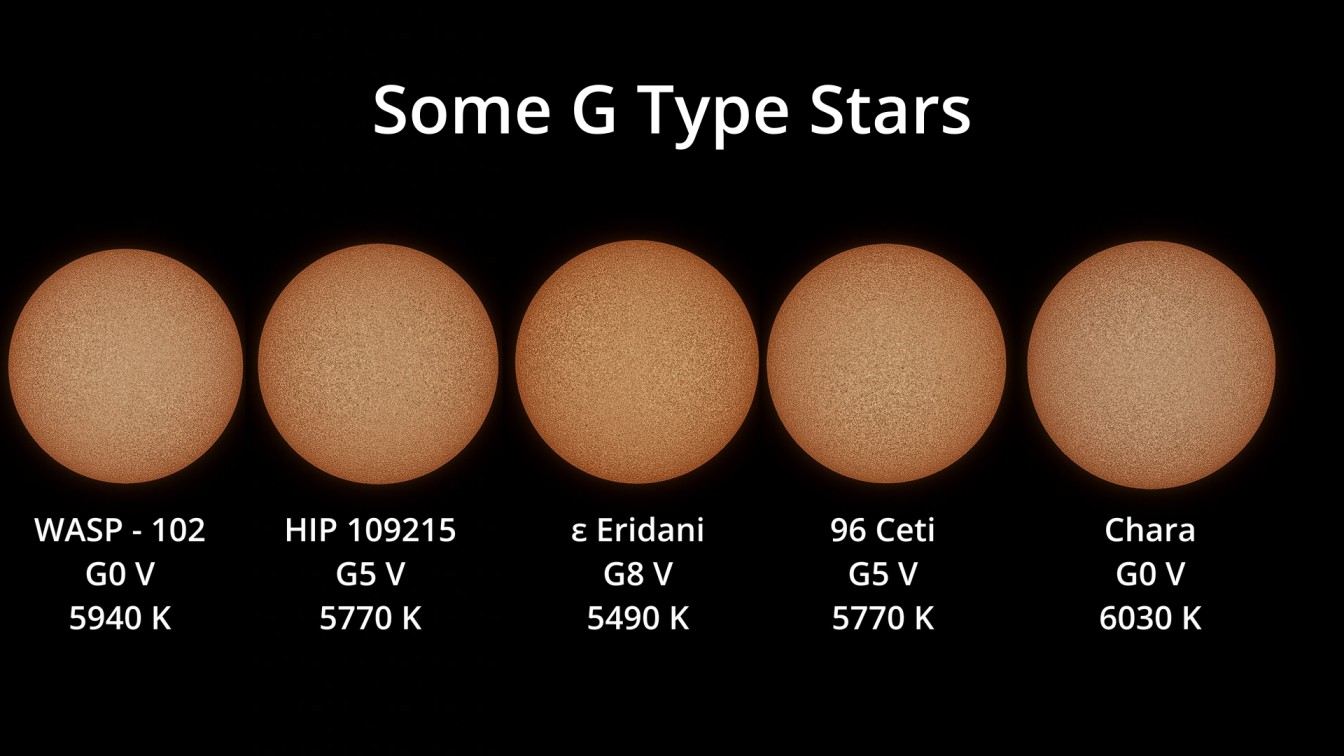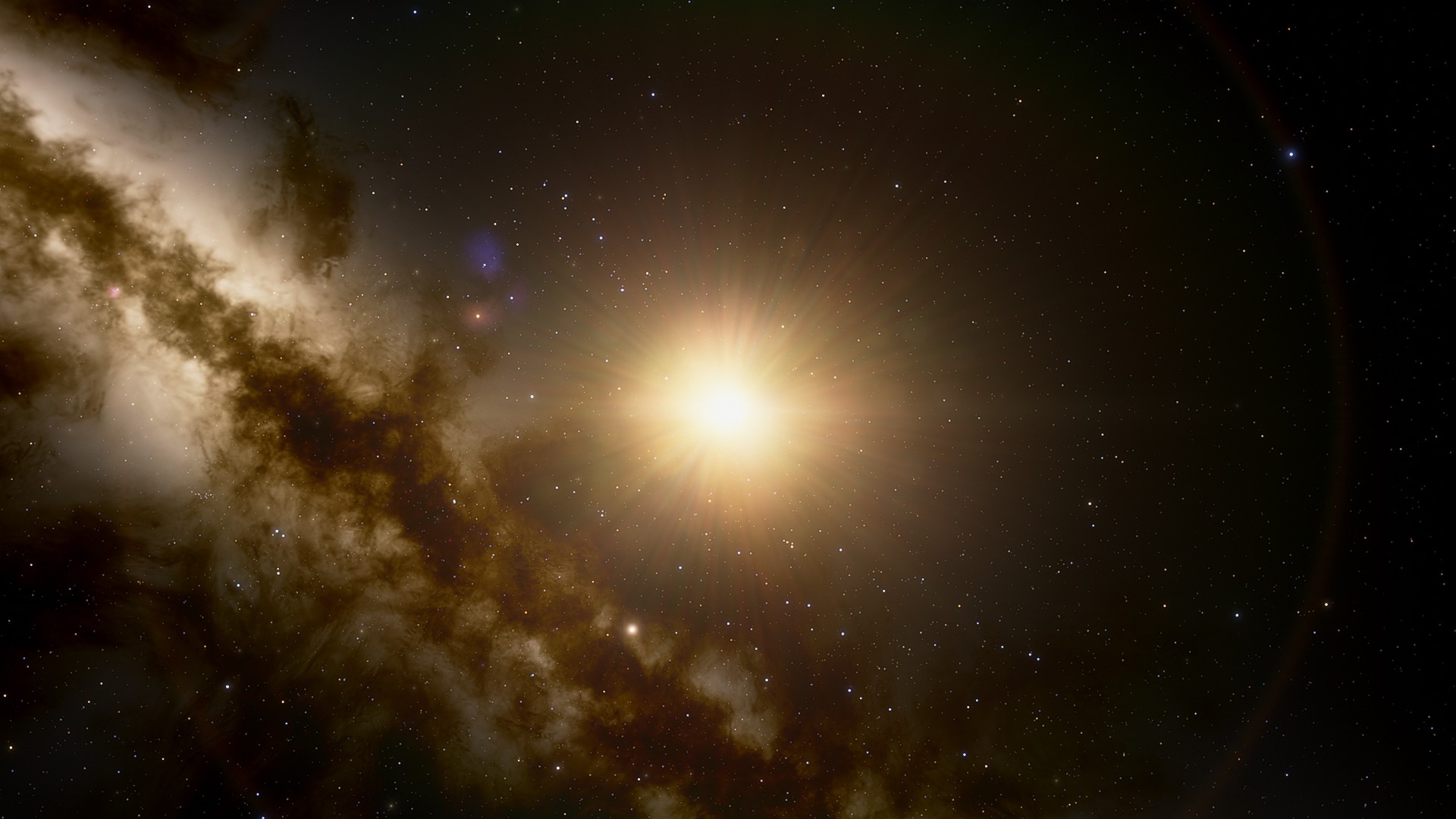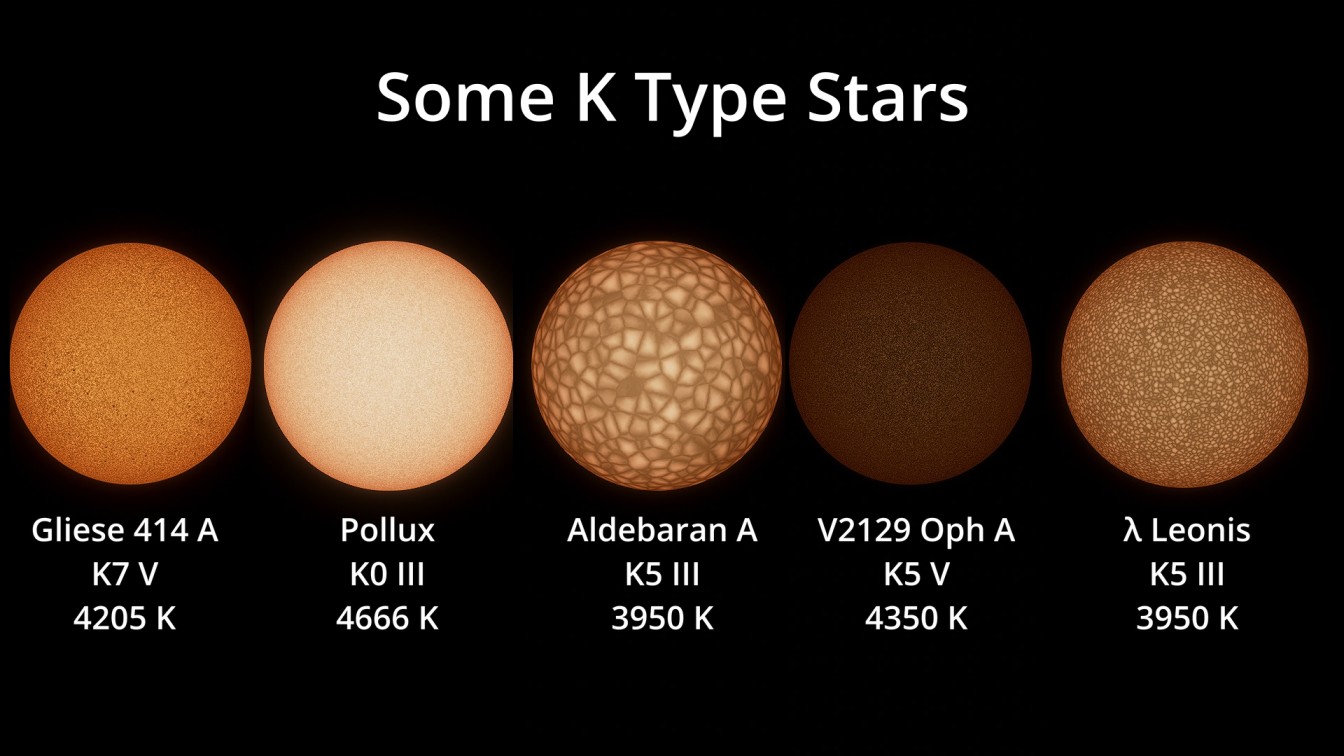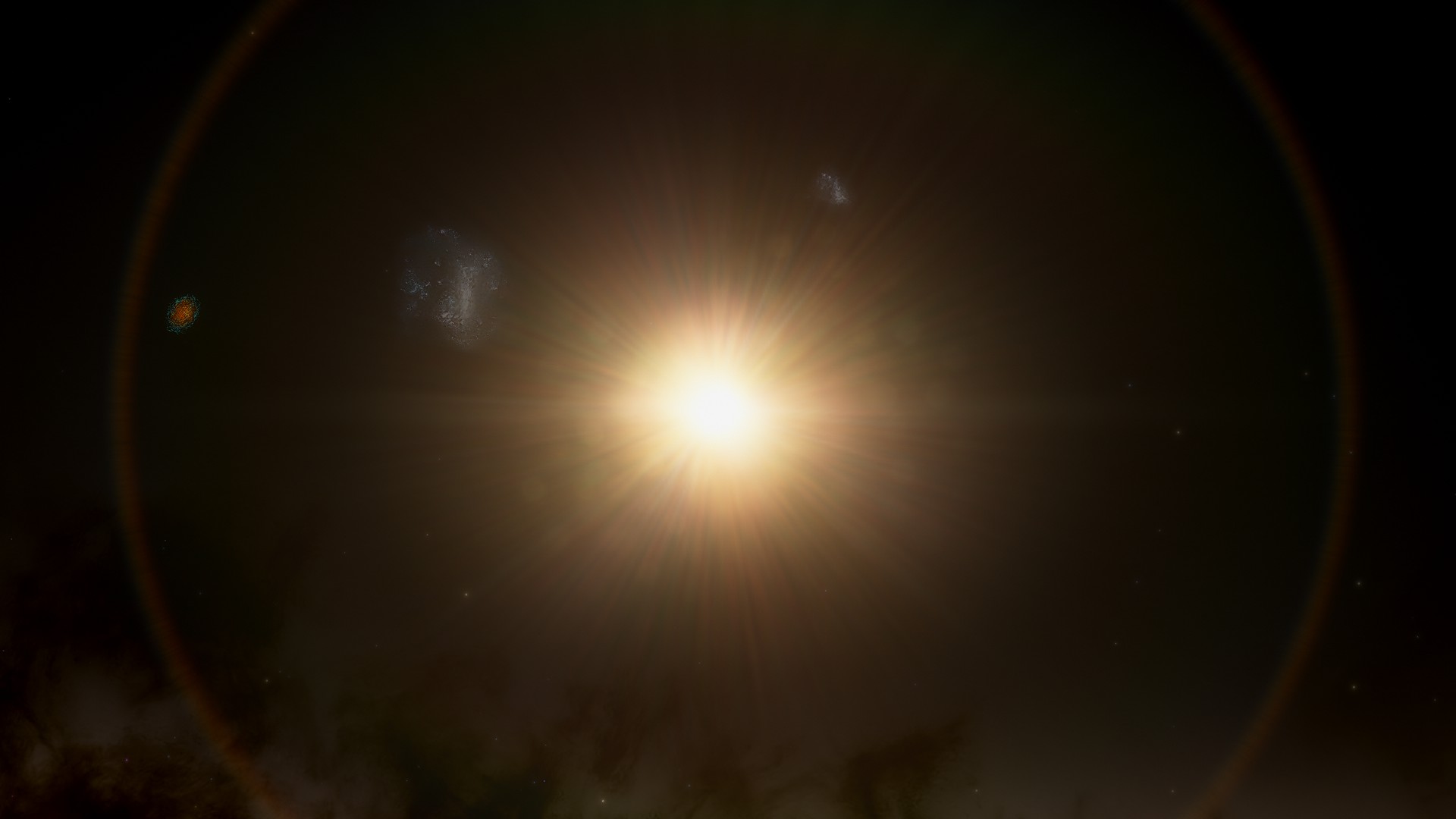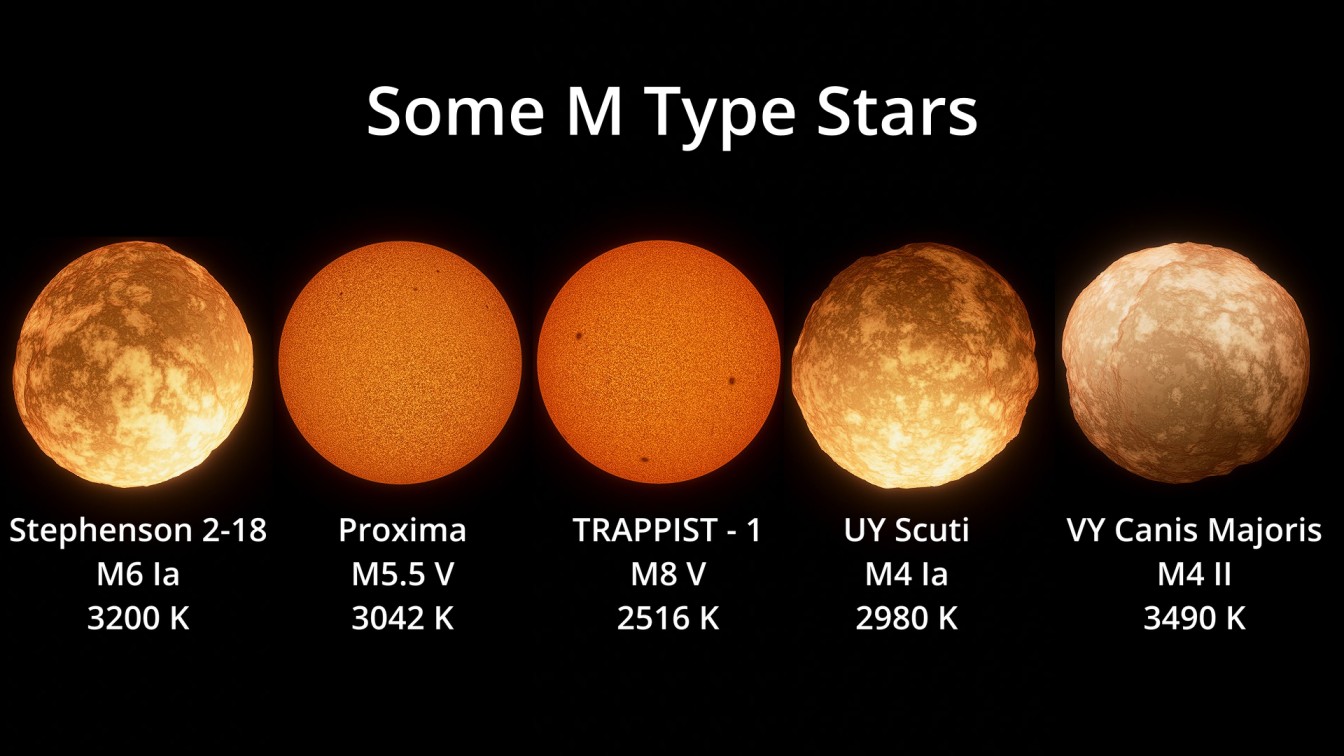In this guide you will know about How Stars are classified into various categories and beside you also know What could be the properties of that particular star when you hear its Category.
So let’s begin
Spectral Classes
Stars are categorized by their spectral properties, You know When a star shines in space it emits all kind of radiations under and maybe beyond Electromagnetic spectrum, When a star’s light comes to earth or anywhere which is observable by scientists they analyze star’s light on a Prism or Grating or spectroscope thus they observe that star in general. off course scientists have a lot of advance instruments that they can separate radiation of a particular star from other Stellar lights and stuffs.
In most cases, a Stellar category Symbol Consists 3 things – :
(1) Letter
In chemistry each element has its own Spectral characteristics, Since stars are giant nuclear stations Which generally burn their Hydrogen as a fuel and convert it into helium or other elements and also produce enormous energy as light and heat. however producing energy can’t possible it just changes one form into another form.
So when a star emit its radiation from photoshpere, it glow in all regions of electromagnetic spectrum (maybe beyond it) and astronomers observe it through spectroscope, They find which Element Line is abundant and they put in Certain Letter for this star.
It Can be :
{ O B A F G K M }
This also known as Morgan-Keenan (MK) System
Class Temperature (in Kelvin) Color ( in general )
- O = more than 30,000 Blue
- B = 30,000 – 10,000 Bluish White
- A = 10,000 – 7500 White
- F = 7500 – 6000 Yellowish White
- G = 6000 – 5200 Yellow
- K = 5200 – 3700 Light orange
- M = 3700 – 2400 Red orange
You can remember it By This mnemonic :: Oh Boy Always Find Good Ketchup and Mango
Off course you can make your own.
In General, Letters are their Temperature Class. Although these colors are in their spectral terms in real you will see Sun type Yellow Stars are white, Red Dwarfs are Red/orange and Brown Dwarfs are not literally brown but they hypothetically appear in Gray or Dim Red.
(2) Number
Each letter Class is Divided into numbers From 0 (hottest) to 9 (coolest) in that category
For Example
An F6 Star is hotter than F8 star.
In case if any star’s properties are between 2 and 3 then Scientists can Say it x2.5
Where x = O, B, A, F, G, K, M.
(3) Roman Numerals
Stellar Luminosity and sometimes its size is indicated by Roman Numbers and this Determined by their width of Certain Absorption line in stellar Spectrum. it may vary with the atmosphere’s density and we can Distinguish Giants and dwarfs.
It is divided as following:
- 0 or Ia+ = Hypergiants
- I = Supergiants
- II = Bright Giants
- III = Regular Giants
- IV = Sub-Giants
- V = Main sequence stars
- VI or sd = Sub Dwarfs
- VII or D = White Dwarfs
So Our Sun is a “G2 V” Star it means This is main sequence star and Temperature is around 5800K.
However, Besides those letters there are many other classes also made for Black holes, White dwarfs, Wolf- Rayet Star, carbon stars etc. But we’ll discuss them in other guide.
O type Star
These stars are most rare than any other main sequence star. they are extremely hot and bright.
their mass is 16 or more Ms (mass of the sun). Their Radii are minimum 6.6 times larger than sun.
These star emit radiation in Ultra-violet range in tremendous amount. Some of the most massive stars come in this category.
B Type Star
This group is known for very luminous and blue stars. This type of stars contain 16 to 2.1 Ms and 6.6 to 1.8 Solar radius. Indeed they are very hot. in this category has neutral helium lines in their spectra.
They are less rare as compare to O type stars.
A Type Star
these are white and some bluish stars, their masses are Between 2.1 – 1.4 Ms and Radius range is
almost 1.8 – 1.4 Ms. these are a bit more common naked eye stars and they have strong Hydrogen Lines in their spetra.
F Type Star
Their spectra known for weaker Hydrogen Lines and ionized metals, Color is white.
in this spectrum We see the dominance of Hydrogen, Potassium and Calcium lines. They are much common stars.
this type of star’s mass lie between 1.4 – 1.04 Ms and Radii is 1.4 – 1.15 Rs (Radius of the sun)
G Type Star
These a bit smaller Stars than previous group and they emit yellowish white light. their Radii is between 1.15 – 0.96 Rs and mass is 1.04 – 0.8 Ms. Their hydrogen lines are very weak and have prominent Hydrogen, Potassium and Calcium lines in spectrum. They are much common than F Type Stars. As a matter of fact our Sun is also Comes in this category.
K Type Star
Their Color is Orange and pale yellow, Mass is between 0.8- 0.45 Ms and Radii is 0.96 – 0.7 Rs.
They are slightly cooler than sun and There is almost 12 % of main sequence stars found in solar
neighborhood. there is also K type Giant Stars such as RW Cephie is Hyper Giant, Arcturus is Giant,
Orange Dwarf like Alpha Centauri B. These are main sequence stars. They Have Extremely Weak
Hydrogen Lines. Scientists suggest These star’s planets can support life due to large habitable zone
and also this type of stars have lower harmful radioactive.
M Type Star
This is a group of Coolest Star but not that cool you can walk its surface.
They Shine in Orange-Red Color, Mass stay between 0.8 – 0.45 Ms and Radius is Less than 0.7 Rs.
This stars are very Common about 76 % neighbor main sequence stars come in this group However Due to low luminosity We Can’t see any of them Except of uncommon situation like No-Pollution sky or Clear Weather etc.
In fact Brightest Known M Type Star is Lacaille 8760 its magnitude is about 6.7 (Human eyes can’t see more than 6).
Although in this class there are mostly Red Dwarf star But Most of the largest known star also categorized in this group E.g VV Cephie, Antares, Betelguese etc.
spectrum of this class, lines are mostly made of oxide molecules (especially Titanium oxide ). But
Hydrogen Absorption lines are usually Absent.
